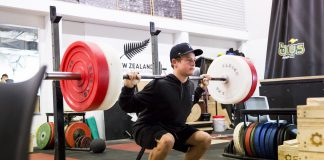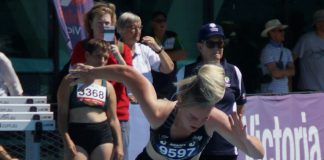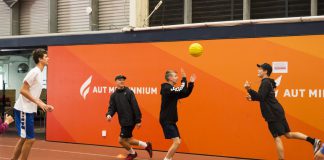For over 10 years, we’ve been helping young athletes to move better.
It’s what our academy programme is all about.
But what really is skilled movement?
Well, this is how we define it at AD:
“The ability to move in and out of position freely and efficiently.”
Now, to help you to understand it, let’s look at the five key parts of this definition in more detail.
- Movement is an ability, which takes time and intention to develop.
- A position is a particular way in which an athlete’s body is placed or arranged. For example, reaching high into the air to take an intercept at full stretch requires position. So too does running quickly.
Sport requires an athlete to find many positions.
But here’s the crucial thing.
Many factors come together to determine a position (e.g., the task, the athlete’s physical characteristics and the ever-changing demands of the environment). Consequently, a position is never exactly the same.
- To move is to go in a specific direction or manner, from one position to the next.
- To move efficiently is to achieve maximum productivity with minimum wasted energy or expense.
You can think of a position in sport, or a sequence of positions, as a specific movement problem that when solved efficiently, delivers a more successful outcome. For instance, rowing the boat fast requires the body to generate force through the blade, which moves the water. The more efficient this process is (i.e., less energy lost), the better.
- To move freely is to go without restriction or pain while solving movement problems. Incidentally, pain is the number one thing that changes the way an athlete moves, often resulting in persistent inefficiency, and in turn, injury.
When movement is well defined, developing it becomes much easier.
If you’d like to know more about how we do it, feel free to get in touch with me here.





































